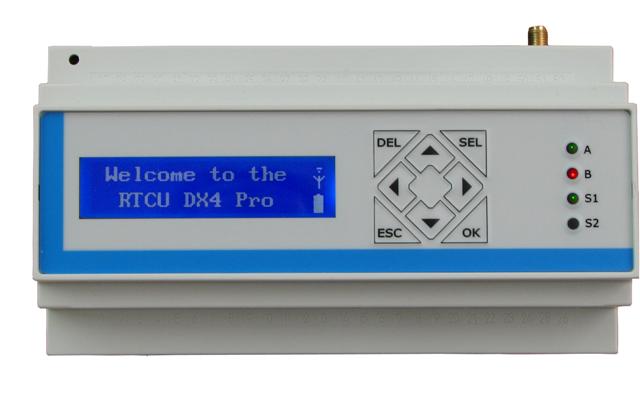FUNCTION_BLOCK ASYNC Temp_DS1820;
VAR_INPUT
family : int;
kill : bool;
END_VAR;
VAR_OUTPUT
temp_calk, temp_ulam : int;
END_VAR;
After that you have only to define a variable of type Temp_DS1820 and voila. To write the temperature into a file I use fsFileWriteStringNL and get the output variables out of the variable connected with the function block
fsFileWriteStringNL(fd:=file_id, str:=temp="+intToStr(v:=temperature.temp_calk)+","+intToStr(v:=temperature.temp_ulam));
Making the function block asynchronous makes it a separate thread without using a real thread. You only have to remember to put everything in the function block into a loop (I used while not kill do <...> end_while, so I can 'kill' this 'thread' whenever I want to) to work constantly.
This way I achieved ~15 times faster execution of the main program loop (that was only writing the temp into the file every 60 s) in the main program. This means that one can do tons of other things instead of waiting for ~700 ms to convert the temperature. Such approach can, of course, be used for various other applications that require the program to wait. RTCU DX4 is capable of multithreading so let's use it.



